This is following up on mentioning the 4th edition of Evidence Explained in last week’s review of WDYTYA magazine’s June issue.
There’s a 15 percent discount at Genealogical.com until May 30th as part of a site-wide sale.
So that you know, the hard copy version is not available outside the US.
Military Monday
It’s War on the Streets of Paris is a post with a map on the Maps Mania blog,
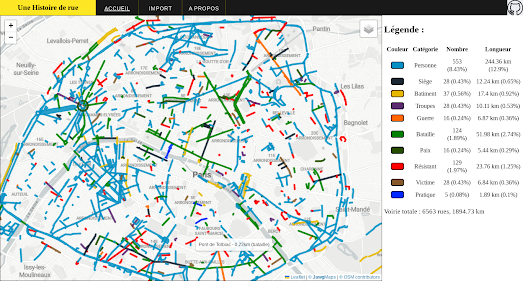
Around 15% of Paris’ streets have names which are related to battles, soldiers and/or resistance fighters. Streets which are named for important battles are coloured green . Streets coloured blue are named after generals and other important military figures. Heroes of the French resistance are commemorated in the streets coloured red on the map.
The areas around the Arc de Triomphe and the Bastille-Arsenal both have a large concentration of streets bearing military related names.
It set me to thinking about streets in Ottawa commemorating the military. There’s Col By Drive, Wellington Street, Vimy Place (and Bridge), Juno Street, Pretoria Bridge, and Breadner Boulevard. How many am I missing?
OGS Toronto Branch Presentation: The Trial of William Brass
At 7:30 pm on Monday, Toronto Branch’s May presentation, The Trial of William Brass, is presented by Carol Ufford in person and online.
In 1837, Carol Ufford’s third great-uncle, William Brass, was charged with raping a young girl. His defense attorney was young John A. Macdonald. Using documents from the Haldimand collection, the Upper Canada Sundries, and contemporary newspapers, Carol will tell William’s story—his early life, what lead up to the trial, the trial, and the aftermath.
Find out more and register at https://torontofamilyhistory.org/
Sunday Sundries
Miscellaneous items I found of interest during the week.
Male occupational structure of England and Wales 1381-2011
The shift from the primary (agriculture, forestry and fishing) to secondary (mining, manufacturing and construction) sectors happened earlier than previously thought.
When Online Content Disappears
38% of webpages are no longer accessible a decade later. What do you do to retain access to the information?
Find A Grave
Ancestry just updated the UK and Ireland version to over 20 million records, the Canada version is over 10 million.
Whose communities? Provincial funding support for community museums in Ontario
Thanks to this week’s contributors: Allison, Anonymous, Teresa, Unknown.

TheGenealogist adds Army Lists
 With its latest release of Army Lists from 1837 to 1959 there are 1.8 million new military records available to TheGenealogist subscribers.
With its latest release of Army Lists from 1837 to 1959 there are 1.8 million new military records available to TheGenealogist subscribers.
The British Army Lists provide comprehensive details about officers and warrant officers, including their ranks, regiments, and service appointments. Find details of officers by regiment, rank and seniority, offering a detailed snapshot of the officer corps at any given time.
Findmypast Weekly Update
Here are this week’s additions which are for the county of Kent.
Baptisms are for the adjacent south of the Thames parishes of Greenwich, Charlton, and Woolwich and for Cliffe, Hadlow, and Ightham communities.
There are also additions for marriages in four unnamed parishes and burials in six, likely the same as for baptisms.
Identifying a Fallen Soldier of Vimy
The following is fiction.
For over a century, he had lain in the soil of the Vimy battlefield in France. One of the many with no known grave from the horrific Battle of Vimy Ridge during World War I. That’s until last year when advances in DNA technology finally allowed his identity to be revealed.
Private Graham Thomas was just 19 years old when he enlisted with the Canadian Expeditionary Force in 1916. From Cut Knife, Saskatchewan, he had rushed to join his older brother already fighting in Europe. Less than a year later, he found himself taking part in the battle to capture Vimy Ridge, a key strategic objective that saw over 10,000 Canadian casualties.
On April 9th, 1917, during the first waves of the assault, Thomas was struck and killed instantly. His mutilated body, rendered unidentifiable from the force of the blast, was hastily buried by his comrades in a makeshift grave. Sadly, as the battle continued the grave was obliterated. His name found a place among the more than 10,000 on the Vimy Memorial.
In 2018 remains were discovered and retrieved. Despite efforts by the Canadian authorities his identity could not be confirmed, including through comparisons of DNA samples to paternal Y-chromosome or maternal mitochondrial lineages. But last year, autosomal DNA analysis was attempted – examining the DNA across all of the chromosomes inherited from both parents. That’s the way so many cold cases are being solved today.
This turned up a match to DNA from Thomas’ great nephew who had taken a test on Ancestry out of casual interest in his ethnicity. After over a hundred years the genetic evidence conclusively identified the remains as those of Private Thomas.
In an emotional ceremony this past November, the soldier killed in the battle to take Vimy Ridge was finally laid to rest alongside his comrades with full military honours by members of the modern Canadian Armed Forces.
While the years can never be returned to GrahamThomas, at last his sacrifice has been acknowledged, and he can take his rightful place of honour among the heroes of Vimy. Thanks to DNA technology, one family has brought their fallen soldier home.
What is not fictious is the Canadian authorities efforts to identify remains through Y-chromosome and mitochondrial DNA alongside physical evidence— too often insuffiicient. What is fiction is doing so through autosomal matching.
Who Do You Think You Are Magazine: June 2024
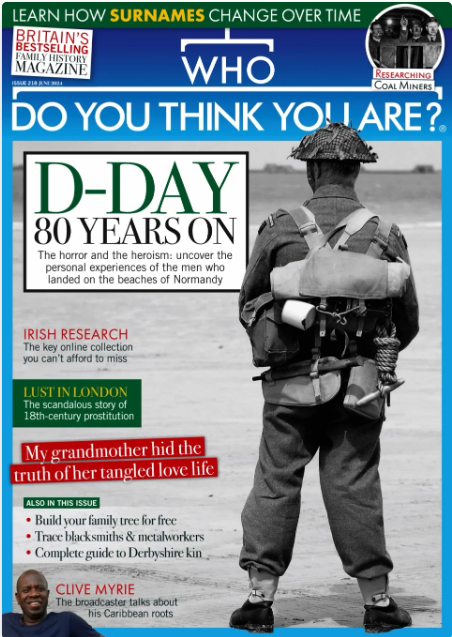 The 80th anniversary of D-Day features on the cover of the new issue. Gavin Mortimer pays tribute to the ordinary men who experienced an extraordinary event. There’s minimal reference to Canadian involvement.
The 80th anniversary of D-Day features on the cover of the new issue. Gavin Mortimer pays tribute to the ordinary men who experienced an extraordinary event. There’s minimal reference to Canadian involvement.
Chloe O’Shea describes the main ways by which family names can change and how to identify variants.
I was interested in Laura Berry’s article on researching coalmining ancestors. My grandfather was a coal miner in South Wales in the early 1900s. In the 1921 census, he was an unemployed miner, very likely one of the strikers in the industrial action that delayed the census. I’ll add exploring The South Wales Coalfield Collection ( https://libguides.swansea.ac.uk/swml/collections ) and the Welsh Coal Mines website (https://welshcoalmines.co.uk/) Laura mentions to my to-do list.
Similarly, I’ll dip into Jonathan Scott’s article on blacksmiths and related occupations for background on my whitesmith great-grandfather.
As far as I know, I don’t need to explore Julie Peakman’s article that reveals the lives of London’s streetwalkers and other prostitutes in the 18th century for background on a family member.
Among the ads in the issue was one for the Fourth edition of Evidence Explained, promoted as “the go-to guide for history researchers since 2007 because it guides us through a maze of historical resources not covered by other citation manuals—all kinds of primary-source materials, accessed through all kinds of media. More than a thousand examples for U.S. and international documents demonstrate how to handle the quirks that stump users of these materials.” It should be available, if previous glitches have been resolved, as an eBook at $47.50 US via https://vitalsource.com
Help Improve The Archives of Ontario Website
The Archives of Ontario is getting a new website and they are asking for our help. Before launching the new site they are asking users to test the main design to see if it’s easy to navigate. Click on this link to access the short survey with about 20 questions, which will take about 10 minutes to complete: i951gwfm.optimalworkshop.com/treejack/aowebsite.
You can provide the Archives with your email address to be notified of any further studies. Feel free to share with others to help them make their website easier to use. The more testers the better!
via OGS Toronto Branch Toronto Tree.
Ancestry adds Londonderry, Northern Ireland, City Cemetery Burials, 1853-1961
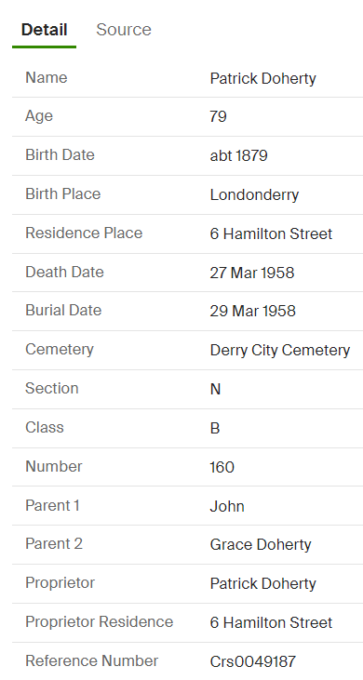 This new Ancestry collection contains 51,000 burial records based on original data from Tower Museum at https://towermuseumcollections.com/cemetery-records/.
This new Ancestry collection contains 51,000 burial records based on original data from Tower Museum at https://towermuseumcollections.com/cemetery-records/.
The Ancestry sample shown has information, notably parents’ names, not online from the Tower Museum.
The vast majority of burials occurred no later than two days after death.
Ancestry adds Lancashire, England, Non-Conformist Registers of Baptisms, Marriages, and Burials, 1762-2005
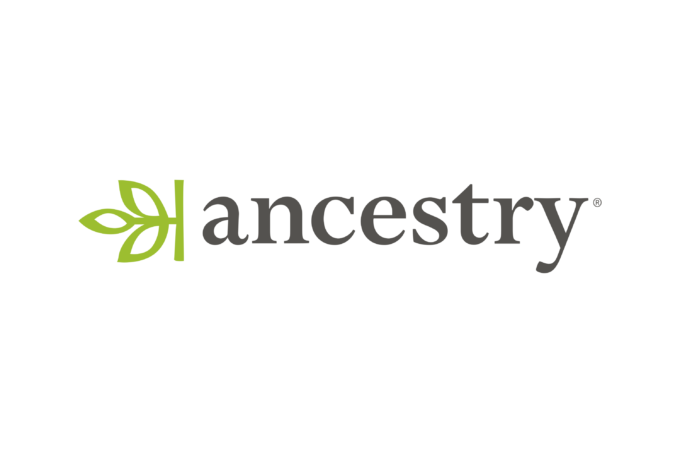 This collection contains 447,396 records. It includes images of the original and a browse capability, with the following details for some Lancashire adherents to Protestant churches who didn’t follow the practices of the Church of England:
This collection contains 447,396 records. It includes images of the original and a browse capability, with the following details for some Lancashire adherents to Protestant churches who didn’t follow the practices of the Church of England:
Name
Event type
Parish name
Event date
Date and place of birth
Sex assigned at birth
Marital status at event
Occupation
Age at event
Names of family members.
Sourced from the Lancashire Archives, the collection has records from 335 churches and chapels. Curiously, none are from Liverpool or Manchester. Ancestry already has non-conformist records for Manchester. Liverpool is likely to come as the source for this collection; the Lancashire Archives has holdings.
The National Archives holds a variety of non-conformist registers in series RG 4, RG 5, RG 6, and RG 8. All are available ($) on The Genealogist website.
This collection shows non-conformism found in fertile ground in Burnley, Preston, and Blackburn. These towns underwent rapid industrialization and urbanization during the 18th and 19th centuries, attracting many working-class labourers to the cotton mills and factories. There was a perception that the Church of England catered more to the interests of the landed gentry and aristocracy whereas dissenting churches and chapels appealed to the social and economic circumstances of the emerging industrial working class.
Catholic churches and Jewish synagogues aren’t considered non-conformist, therefore their records aren’t found in this collection.
Natural England – National Character Area Profiles
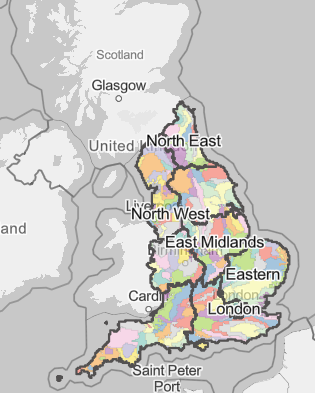 How can you find out about the natural landscape of the area your English ancestors came from?
How can you find out about the natural landscape of the area your English ancestors came from?
One way is reading about the 159 National Character Areas (NCAs), each an area of distinct and recognizable character at the national scale. Their boundaries follow natural lines in the landscape, not county or district boundaries. The profiles can be accessed through a search function, via a map of England, or through a list organized by region at
https://nationalcharacterareas.co.uk/.
You can also find links to the Landscape Institute’s Landscape Character Assessment Database for the UK and Ireland for a comprehensive understanding of the natural landscape.

